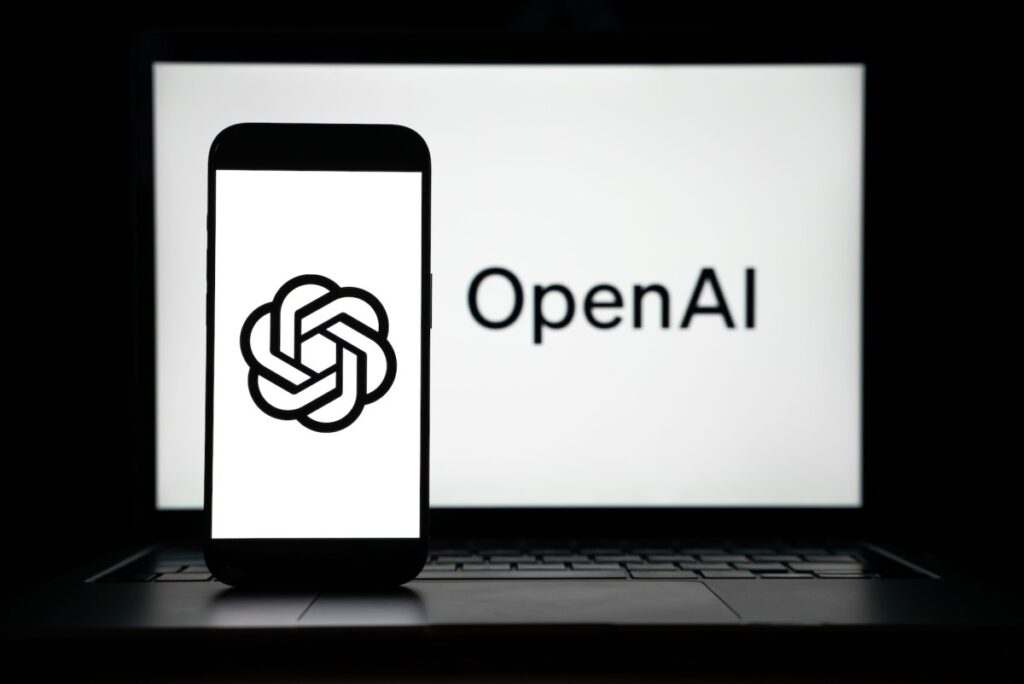In recent discourse regarding investment strategies within the artificial intelligence landscape, a noteworthy issue has surfaced concerning special purpose vehicles (SPVs) and their relationship with emerging AI firms. OpenAI has publicly cautioned potential investors about the dangers associated with unauthorized opportunities for acquiring equity in its organization through SPVs. This development not only highlights OpenAI’s commitment to maintaining control over its equity distribution but also signals a broader trend among AI companies to reassess how investments are facilitated in a rapidly evolving market.
OpenAI’s advisory stems from an increasing prevalence of SPVs, which function by pooling capital to make singular investments in high-potential firms. This investment strategy has attracted considerable attention as venture capitalists seek to capitalize on burgeoning AI startups. However, the inherent risks with SPVs primarily lie in their potential to circumvent established investment protocols. OpenAI’s communication clarifies that while some offers for acquiring equity may be legitimate, there exists a risk that others may be attempts to bypass transfer restrictions. Investors engaging with SPVs that do not adhere to OpenAI’s stipulations may find themselves holding shares that lack economic value.
The implications of OpenAI’s stance extend beyond its own equity. Other companies in the AI domain have begun to follow suit. For instance, reports indicate that Anthropic has instructed venture capitalists such as Menlo Ventures to primarily utilize their own capital instead of SPVs for forthcoming funding rounds. Such a directive underscores an emerging trend: companies are increasingly wary of the potentially disruptive influence of SPVs on their economies and governance models.
The effectiveness of SPVs has been a contentious topic among various stakeholders. Proponents argue that SPVs democratize access to promising investment opportunities, allowing smaller investors a share in companies that may otherwise be beyond their reach. However, critics argue that the rise of SPVs can lead to inflated valuations and unregulated capital flows, ultimately disrupting the financial ecosystem that supports startup growth. Consequently, the effectiveness of SPVs hinges on the robust management of these vehicles, which necessitates an advanced understanding of corporate governance and risk management.
When comparing automation and AI platforms, leaders in the small to medium business sector face crucial decisions that include evaluating tools such as Make and Zapier, alongside emerging AI offerings like OpenAI and Anthropic.
Make, known for its powerful automation capabilities, excels in visual scripting and offers extensive integration options across numerous applications. This flexibility allows businesses to customize workflows that can adapt to specific operational needs. However, the steep learning curve associated with its more complex features may pose challenges for smaller teams lacking dedicated technical resources.
On the other hand, Zapier has carved out a niche in its simplicity and user-friendliness, making it highly accessible for businesses looking to automate routine tasks quickly. While Zapier supports a significant array of apps, its configurability is relatively limited compared to Make. As such, businesses with more intricate automation needs may find Zapier insufficient for their operational requirements.
In the realm of AI, OpenAI stands out for its cutting-edge language models, capable of sophisticated natural language processing tasks. Its versatility enables businesses to integrate advanced conversational intelligence into various platforms, enhancing user experience. Conversely, Anthropic emphasizes a more safety-oriented approach in its AI models, focusing on alignment and ethical considerations. This could be particularly appealing to organizations that prioritize responsible AI usage.
Given the rapid advancements in AI technology, determining the return on investment (ROI) for deploying these platforms is critical. Companies must consider not only the initial costs associated with licensing but also ongoing expenses related to training staff and refining automated workflows. A deeper analysis into performance metrics and productivity gains can furnish businesses with insights that inform budget allocations.
The scalability of both automation and AI platforms is another vital consideration. Tools like Make and Zapier permit quicker adjustments to new demands, allowing businesses to rapidly scale their processes as they grow. In contrast, the scalability of AI solutions like OpenAI and Anthropic often entails significant preliminary investments, yet they offer the potential for transformative operational efficiencies that can yield substantial long-term benefits.
In exploring these tool comparisons, it becomes evident that decision-makers must thoroughly analyze the strengths and weaknesses of each option, balanced against their unique business objectives and operational landscape. Firms should conduct cost-benefit analyses backed by data, aligning automation solutions with strategic goals to enhance efficiency and productivity.
To effectively navigate the current investment environment surrounding AI companies, small to medium business leaders are encouraged to exercise caution in their approaches to equity acquisition, particularly when presented with SPV offers. Given the complexities associated with these financial instruments, a diligent evaluation aligned with company policies will mitigate risks and reinforce long-term sustainability.
FlowMind AI Insight: As organizations continue to explore AI and automation opportunities, they must remain vigilant against unauthorized equity offers within the sector while strategically selecting tools that not only enhance efficiency but also safeguard their investment. A meticulous approach, underscored by data-driven evaluations, will empower businesses to thrive in an increasingly complex AI-driven landscape.
Original article: Read here
2025-08-23 07:00:00

